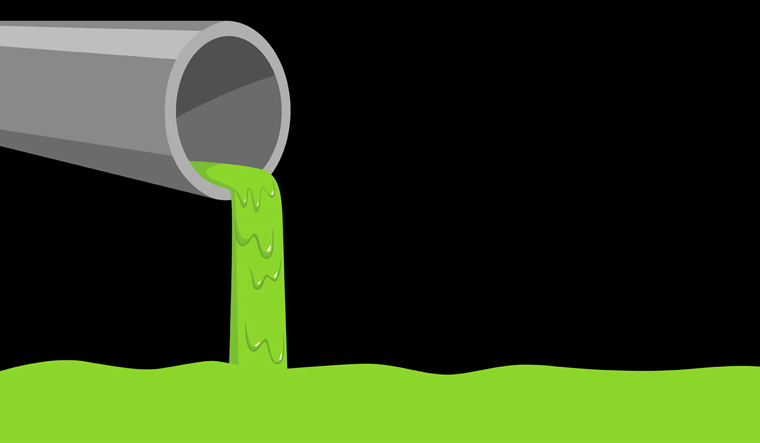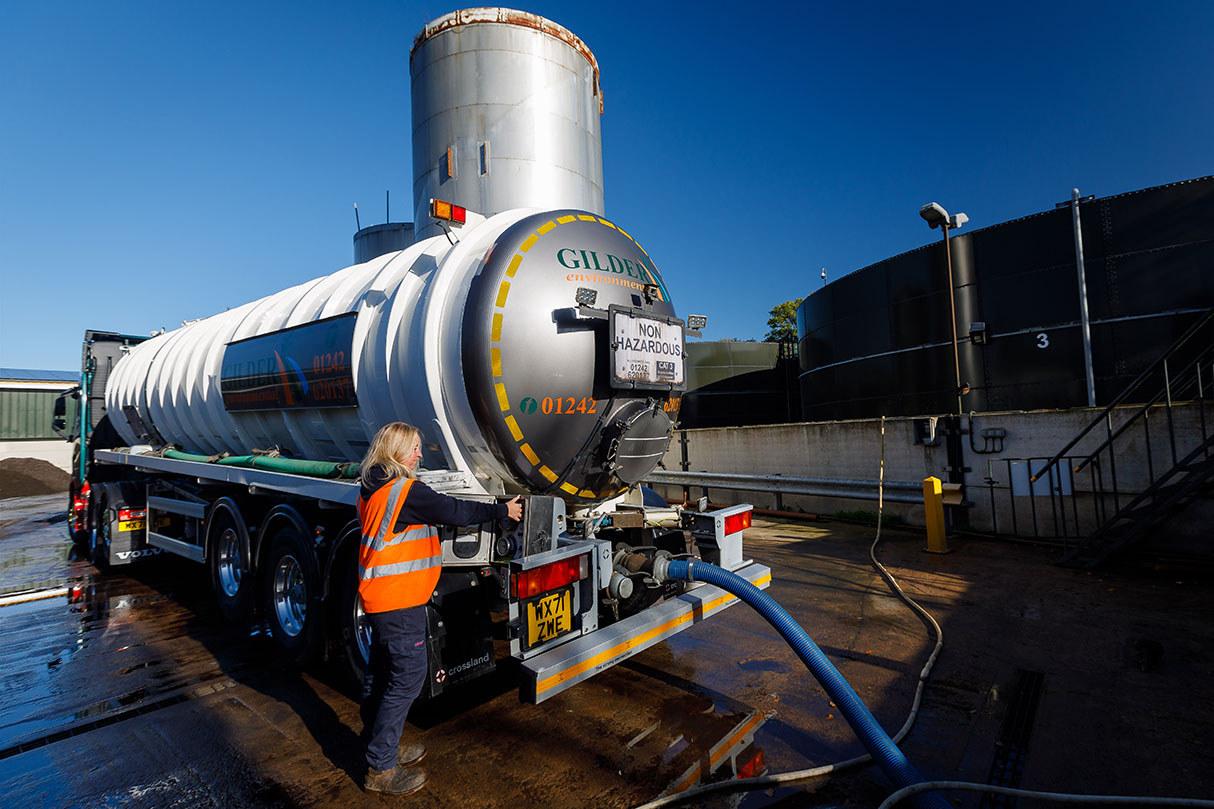Comprehensive Liquid Waste Disposal: Solutions for Houses and Services
Comprehensive Liquid Waste Disposal: Solutions for Houses and Services
Blog Article
Exactly How Fluid Garbage Disposal Functions: An In-depth Review of Methods and Technologies Utilized

Introduction of Liquid Waste Types
The intricacy of liquid waste kinds requires a thorough understanding of their qualities and ramifications for disposal. Fluid waste can extensively be classified right into numerous kinds, consisting of commercial, local, farming, and contaminated materials. Each classification shows distinctive residential properties, calling for certain administration methods to minimize environmental and health and wellness threats.
Industrial fluid waste originates from manufacturing procedures and often contains a series of pollutants, such as heavy metals, solvents, and natural substances. Metropolitan fluid waste, mostly consisting of wastewater from homes and industrial facilities, consists of raw material, nutrients, and pathogens (industrial wastewater treatment). Agricultural fluid waste, including drainage from farms, might contain plant foods, chemicals, and animal waste, posturing dangers to water high quality and communities
Hazardous liquid waste is characterized by its poisoning, sensitivity, or possible to cause harm. Understanding these varied liquid waste types is crucial for developing effective disposal methods and making sure compliance with environmental regulations.
Physical Treatment Techniques

Screening is the initial action, where bigger fragments and particles are gotten rid of from the fluid waste making use of screens or grates. In sedimentation tanks, heavier bits resolve at the bottom, forming a sludge layer, while the clarified liquid can be further treated.
Purification is one more vital method that includes passing the fluid through porous materials, such as sand or membranes, to record smaller sized particles. This action boosts the top quality of the fluid, making it appropriate for succeeding treatment processes.

Chemical Treatment Techniques
Chemical treatment strategies are important for successfully taking care of fluid waste, especially in addressing dissolved and colloidal contaminants that physical approaches may not properly remove. These techniques utilize numerous chemical agents to reduce the effects of, speed up, or change dangerous materials into much less damaging kinds.
One common method is coagulation and flocculation, where chemicals such as alum or ferric chloride are added to promote the aggregation of put on hold fragments. This procedure boosts sedimentation, enabling easier removal of the resulting sludge. Additionally, oxidation procedures, utilizing representatives like chlorine or ozone, are used to damage down complicated natural compounds and virus, providing the waste safer for discharge or further therapy.
Neutralization is one more vital strategy, which changes the pH of acidic or alkaline waste streams to neutral levels, avoiding possible harm to downstream systems and the environment. Moreover, advanced oxidation procedures (AOPs) use mixes of oxidants and ultraviolet light to weaken persistent toxins, achieving a higher level of therapy performance.
Organic Therapy Processes
Biological treatment processes play an essential function in the management of fluid waste look at this web-site by using bacteria to decompose organic issue and lower impurity degrees. These processes can be generally classified right into cardio and anaerobic therapies, each using specific microbial areas to attain reliable waste degradation.
Cardio treatment involves using oxygen to facilitate the failure of natural products by germs. This process is commonly implemented in triggered sludge systems, where oygenation storage tanks offer a favorable atmosphere for microbial development, resulting in the oxidation of natural pollutants. The resultant biomass can be separated from treated effluent via sedimentation.
On the other hand, anaerobic treatment takes place in the lack blog of oxygen, counting on different germs to break down raw material. This approach is specifically helpful for high-strength waste, as it produces biogas, a renewable resource resource, while minimizing sludge production. Technologies such as anaerobic digesters are frequently used in industrial and community applications.
Both anaerobic and aerobic organic treatments not just reduce the ecological influence of liquid waste however also promote source healing, making them essential components of lasting waste administration approaches. Their effectiveness, flexibility, and efficiency support their widespread implementation across numerous fields.
Arising Technologies in Disposal
Ingenious methods to fluid garbage disposal are rapidly evolving, driven by innovations in modern technology and an enhancing focus on sustainability. Among these arising technologies, membrane layer bioreactors (MBRs) have actually gotten traction for their capacity to incorporate biological treatment with membrane layer filtering, causing high-grade effluent that can be recycled in different applications. MBRs allow smaller footprints and more effective procedures contrasted to traditional systems.
Another encouraging development is making use of anaerobic digestion combined with nutrient recuperation innovations, which not just deals with fluid waste yet also generates biogas and recovers important nutrients like nitrogen and phosphorus. This twin advantage enhances resource performance and minimizes environmental impact.
Furthermore, advanced oxidation procedures (AOPs) are being taken on my review here for the destruction of complex organic contaminants. These techniques utilize effective oxidants and stimulants to break down impurities at the molecular degree, offering a very reliable solution for challenging waste streams.
Furthermore, the combination of fabricated intelligence and artificial intelligence in waste management systems is optimizing functional effectiveness and anticipating upkeep, resulting in minimized prices and boosted environmental conformity. These modern technologies mirror a significant shift in the direction of even more lasting and efficient fluid waste disposal techniques.
Verdict
Finally, effective fluid garbage disposal necessitates a comprehensive understanding of various methods and modern technologies. The assimilation of physical, chemical, and biological therapy approaches makes certain the efficient management of diverse waste types. In addition, the appearance of innovative modern technologies improves therapy efficacy and promotes sustainability in waste administration practices. By continually advancing these methodologies, it comes to be feasible to attend to the expanding difficulties associated with liquid waste, eventually contributing to environmental security and source healing.
Fluid waste disposal is an important facet of environmental administration, needing an extensive understanding of numerous techniques and technologies customized to different waste kinds. Fluid waste can generally be categorized into a number of types, including industrial, metropolitan, agricultural, and dangerous waste. Agricultural fluid waste, including overflow from ranches, might contain plant foods, pesticides, and animal waste, posing threats to water high quality and environments.
Various physical treatment techniques play a crucial duty in handling liquid waste successfully - industrial wastewater treatment.In final thought, effective fluid waste disposal necessitates a thorough understanding of different methods and innovations
Report this page